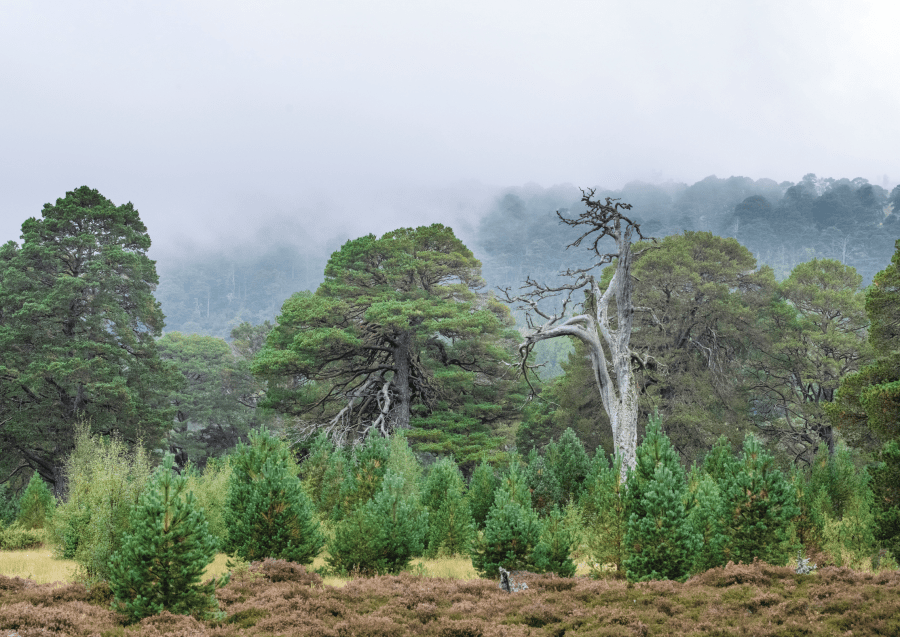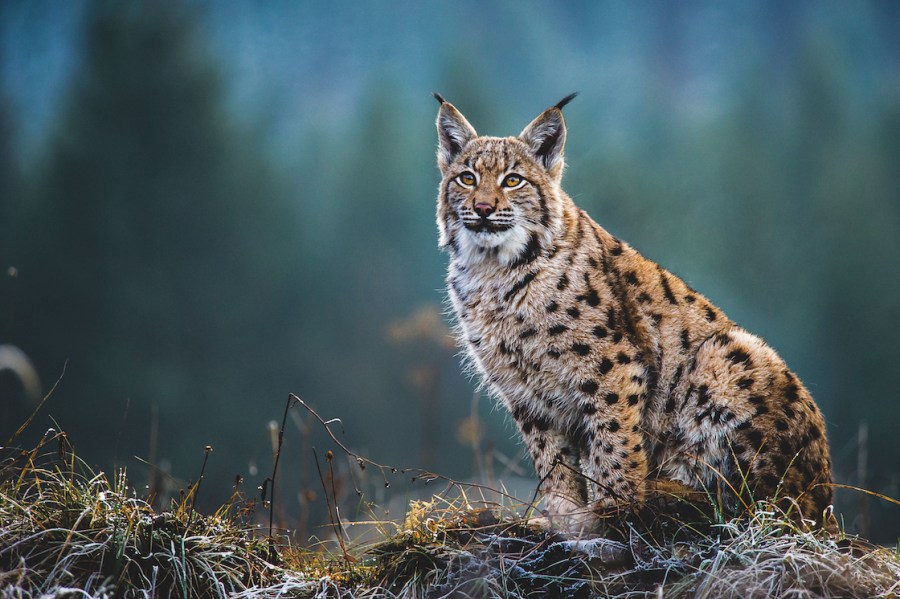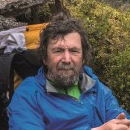Rewilding has come under intense criticism, often from landowners and developers – but its successes show that it remains a vital idea, argues Chris Townsend.
Rewilding is about restoring the ecosystems on which life depends, it’s about having a healthier environment, greater biodiversity, and wilder landscapes. This benefits everybody not just those of us who love nature and wild places. Study after study has shown just how important the natural world is to people’s well-being and health. Yet at the same time, nature is being destroyed at an ever faster rate. Rewilding is an essential and major part of slowing and reversing this.
Main image: Suggestions of reintroducing Eurasian lynx to the UK have stirred up many different reactions. Credit: Shutterstock
Rewilding has become a controversial term though. The mass media likes to sensationalise it by saying it’s just about the reintroduction of wolves and closing off the countryside. This is encouraged by landowners and developers whose profits require a managed, industrialised countryside. Every suggestion of reintroducing any once native animals such as lynx is met instantly by claims of disasters that will result. Combating these claims is difficult but essential.
As well as this criticism rewilding is also attacked as wanting to drive people out of the hills and replace them with some sort of pristine untouchable wilderness. Now there are very few proponents of rewilding who would like some areas to be off-limits to people (or at least only accessible to those who pay for safari-type tours) but this isn’t my vision of rewilding or even in the spirit of rewilding at all. Rewilding should be for the whole of nature, and that includes people.
Any proposals to keep nature away from people, or to restrict access to the paying few, are anathema to me. One of the points of rewilding should be to make a better world for all of us. I also think that rewilding on a larger scale will only occur when enough people want it. Turning them away will not achieve that. I don’t see any contradiction between people living and working in wild places and rewilding either. What matter is not that they are there but what they do. I think any change will be slow but wildlife watching, conservation work, and outdoor pursuits are all growth areas. There will still be estate workers too and livestock farming. Rewilding is not all or nothing.

An example of rewilding in Glen Feshie showing ancient pines and new growth.
Rewilding is a process. It’s not absolute. It means becoming wilder. And that is happening in many places and has been for many years. In Britain, it can be traced back to the first experiments in forest regeneration on the Beinn Eighe National Nature Reserve in the 1950s.
Today partnerships between public bodies, landowners and conservation organisations are allowing larger areas to be rewilded. Wild Ennerdale in the Lake District, a partnership between the National Trust, Forestry England and United Utilities, and Cairngorms Connect in the Scottish Highlands, a partnership between NatureScot, RSPB Scotland, Forestry and Land Scotland, and Wildland Ltd, are wonderful examples of cooperation.
In recent years forest restoration whether in terms of natural regeneration or by judicious planting has been spreading quite rapidly in many places. This is rewilding. The reintroduction of white-tailed sea eagles and beavers is rewilding. The spread of ospreys, which returned of their own accord in the 1950s, pine martens and red squirrels is rewilding. It is happening now.
Rewilding is tied up of course with land ownership. Big stalking and shooting estates generally want plenty of deer and grouse. Too many deer means no tree regeneration, too many grouse means heather burning and predator control. Estates want quick access to their prey too, which means building roads into wild places.
Not all the private estates are like this – some are a mixture and have some forest regeneration and protect some wildlife, others are run mainly to do this – Glen Feshie is a good example. Estates owned by conservation bodies like the John Muir Trust, RSPB, Trees for Life, and the Wildlife Trusts do much rewilding work, along with the National Trust and the National Trust for Scotland. Government bodies responsible for nature and forestry do some rewilding too, though not as much as they could or should.
The results of rewilding, on whatever scale, will surprise us. Some wildlife will flourish, some will not. Forests will spread in some places, fail in others. Any imagined idealised past won’t be recreated. Starting rewilding by removing grazing pressure, introducing once native wildlife and, if necessary, planting and fencing trees is the most management that should be done. Once the process is underway, leave it be.
How far rewilding will spread and how long it will take it’s impossible to say. But every little sign of it should be encouraged. We need nature. Nature needs us.








